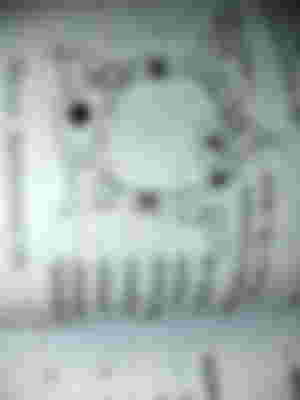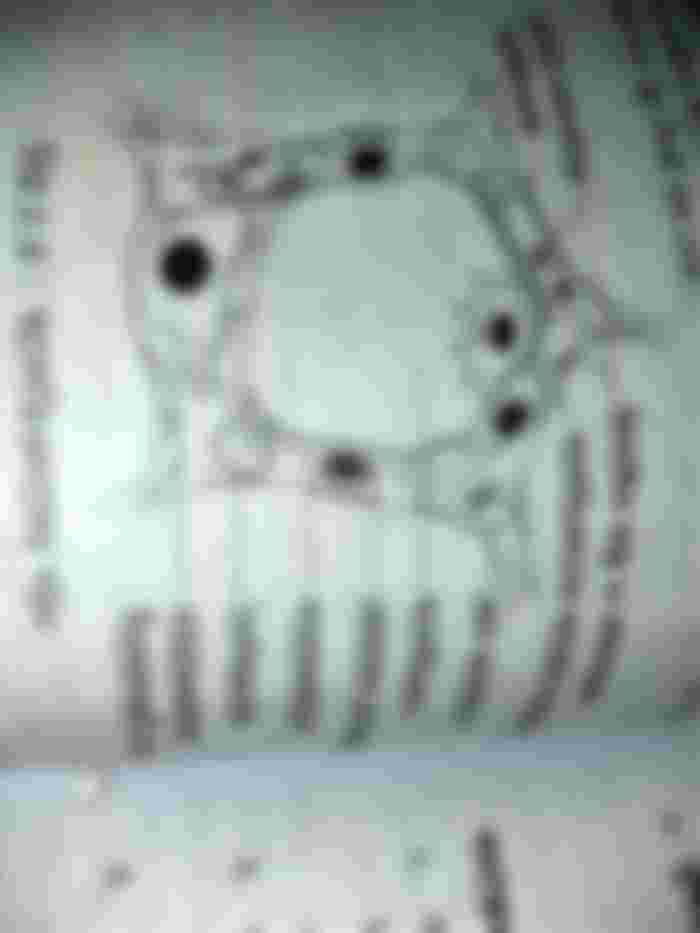
The flattened squamous epithelial cells and the capillary exchange-like gaseous exchange surface are called alveolas. The structure of the alveolar lung is the last and functional unit. The human lung has more than 700 million alveoli across the country with an area of about 70 to 90 square meters.
The wall of each alveolus is extremely thin, only 0.1 micrometer full. Its exterior is rich in dense caudal reticulum. Capillary reticulum is formed from the pulmonary artery and later reunites to form the pulmonary vein. The wall is made of squamous epithelium of interest. It also contains collagen and elastin fibers. This facilitates contraction and expansion during respiration. The wall of the alveolus contains phagocytic alveolar macrophages. This macrophage destroys foreign matter, including microorganisms.
Some special cells in the alveolar wall secrete detergent-like chemicals into the inner lining of the wall. This substance is called surfactant. This substance reduces the amount of fluid in the alveolar wall, which can cause the lungs to contract and expand with less effort during respiration. . The first surfactant secretion begins in a 23-week-old human embryo. For this reason it is not considered to have independent existence before 24 weeks. So abortion is allowed up to its duration.
